Why Hair Falls Out
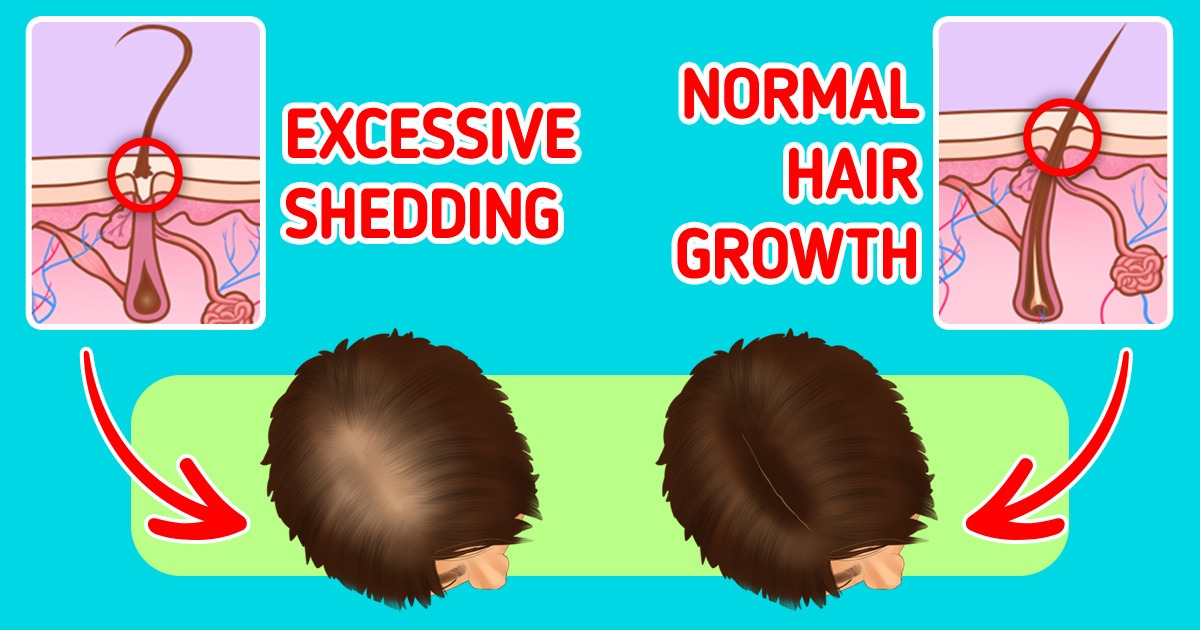
There are so many ongoing processes in our body that we accept as fact but know very little about, and the hair growth cycle is one of them. 5-Minute Crafts has prepared a simple guide for you to understand why hair falls out.
Where exactly hair grows
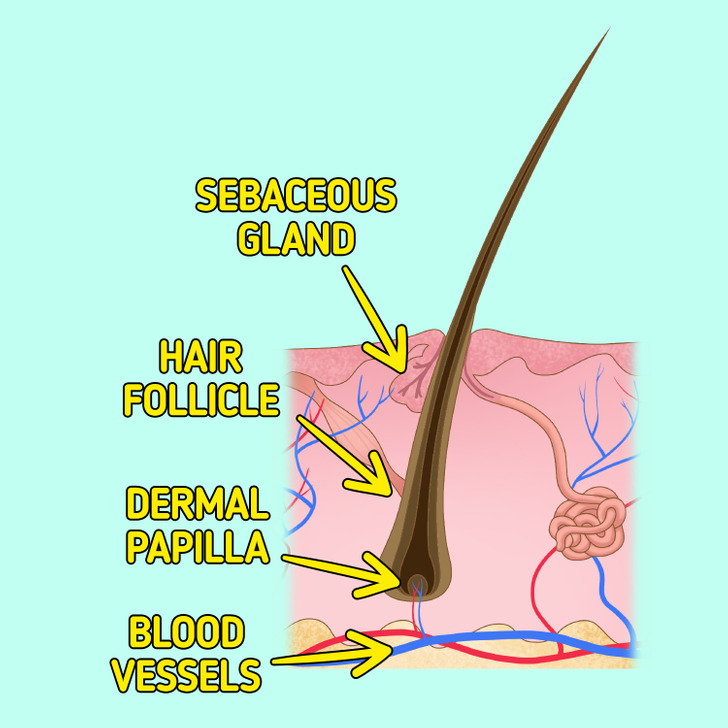
The part of our body responsible for hair growth looks like this:
- The hair follicle is a structure in the outer layer of our skin in the shape of a tunnel where the hair starts to grow.
- The hair follicle also contains the dermal papilla, which are the cells that induce hair growth.
- Blood vessels nourish the root to grow the hair.
- Sebaceous glands are responsible for producing oil that keeps both our hair and skin nourished.
1. The growing phase
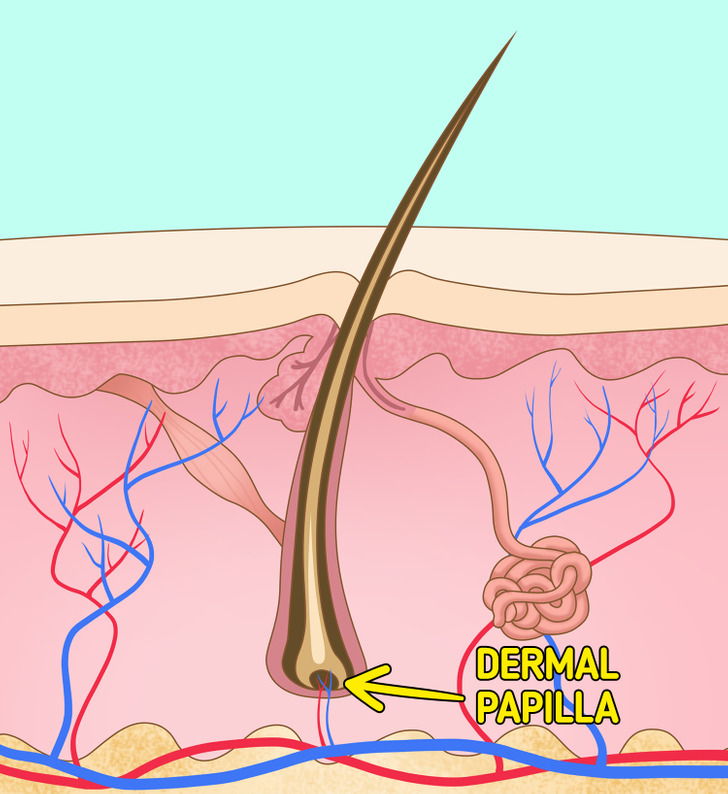
The growing phase is called the anagen phase, when the hair follicle pushes out a new hair to grow from the root until it is cut or falls out. It takes anywhere between 3 to 5, or even 6 years, depending on the hair type.
Experts claim that 90% of the hair on our head is in the anagen phase.
The anagen phase shortens with age. It is also shorter for body hair, like the kind found in our eyebrows.
2. The transition phase
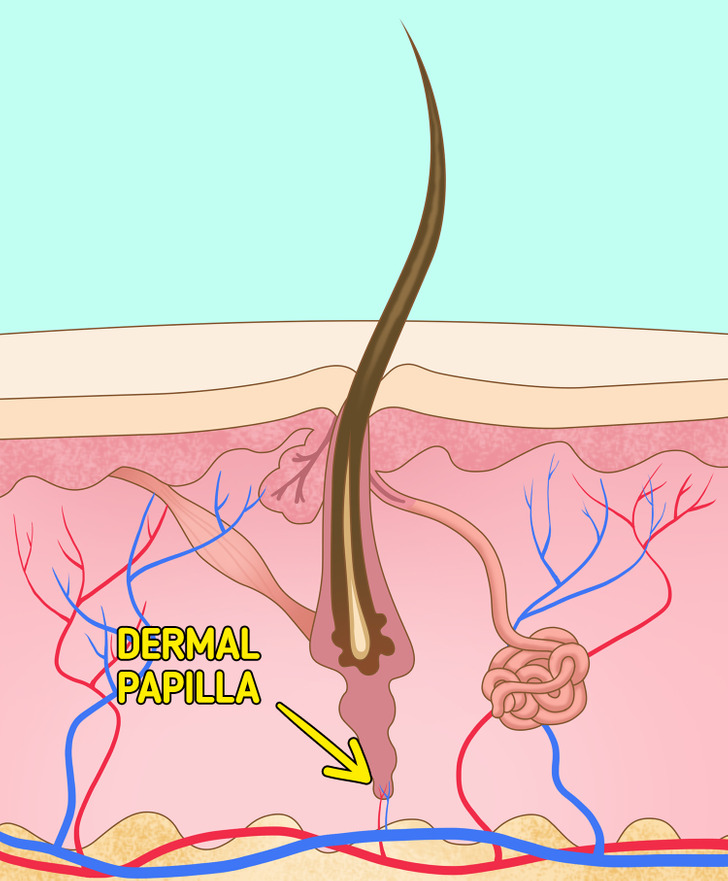
3. The resting phase
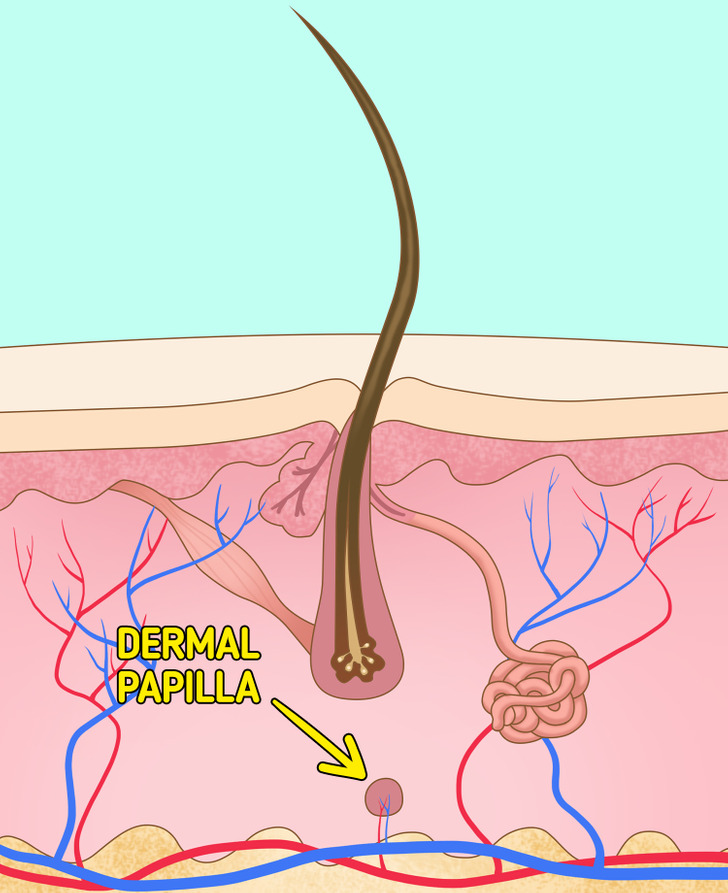
The resting phase (or the telogen phase) has a typical duration of about 3 months. The hair doesn’t grow, but it doesn’t fall out either. Follicles simultaneously start to create new hair because they are empty after releasing old ones. If you pull out a hair in the resting phase, you will notice that the root contains solid, dry, white material.
Around 9% of hair is in the telogen phase. The condition of excessive hair loss is called telogen effluvium, and it is connected with a disruption of the cycle of hair growth. In this case, more hairs enter the resting phase, which means more hair will be lost in the shedding phase. Some people may deal with more hair loss near the front of the scalp.
4. The shedding phase
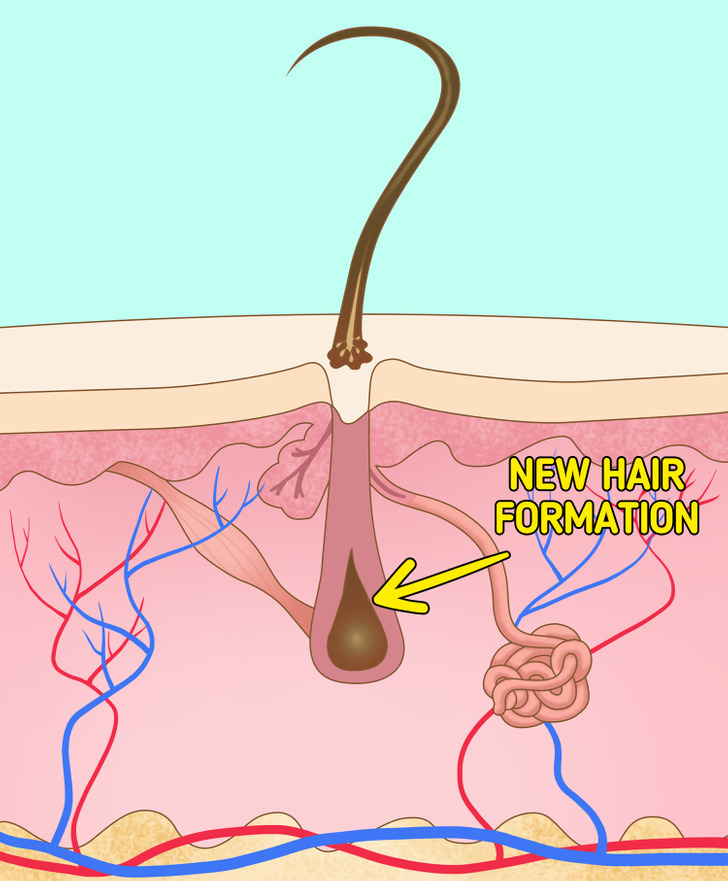
The final phase of the hair growth cycle is obviously the shedding phase, which is scientifically known as the exogen phase.
Considered the continuation of the telogen phase, it is the point when the hair falls out from the scalp, which usually happens during washing, brushing, or combing.
The loss of approximately 100 hairs on a daily basis is considered normal.
Factors that may affect hair growth negatively
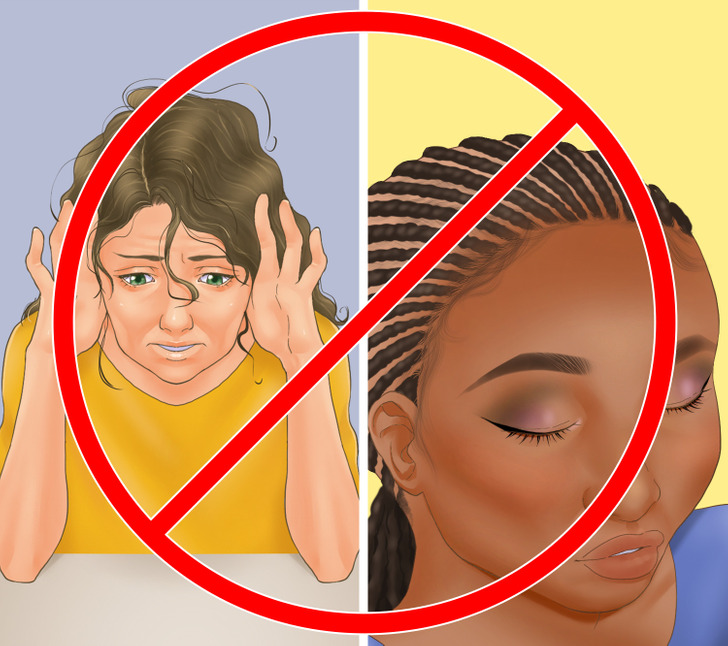
- Genetics: The sensitivity of hair follicles is genetically determined.
- Unhealthy nutrition and lifestyle: A diet rich in protein (lean meat, eggs, beans, fish), zinc, vitamin D, C, iron, and zinc is important for maintaining a healthy hair growth cycle. Your hair also needs omega-3 fatty acids.
- Transient body conditions, diseases, or illnesses, such as pregnancy/child birth, sudden weight loss, thyroid problems, surgery, fungal infections, chemotherapy, or radiation, among others, can cause this. You need to consult a medical specialist to discover the underlying cause of hair loss.
- Certain medications: In case you suffer from unusual hair loss, consult your doctor. Taking birth control pills, antidepressants, accutane, or beta-blockers may be the cause of your hair falling out.
- High stress levels: Scientific research indicates that stress is linked to several hair loss conditions, such as telogen effluvium or alopecia areata.
- Improper hair care: Be gentle with your hair if you want it to stay nice and healthy. Carefully choose your shampoo and conditioner. Avoid combing wet hair, as it’s 3 times more vulnerable, and do not wash it with water that’s too hot. Additionally, don’t treat it with super high temperatures while styling.
- Tight hairstyles, like braids, tight buns, ponytails, cornrows, and extensions may cause traction alopecia.